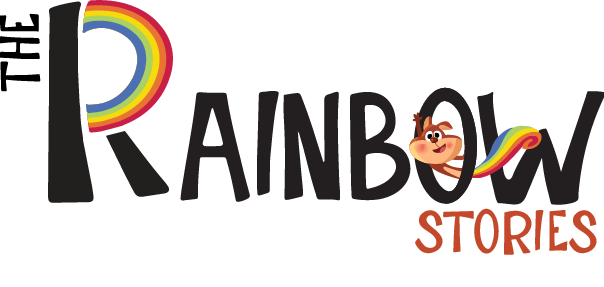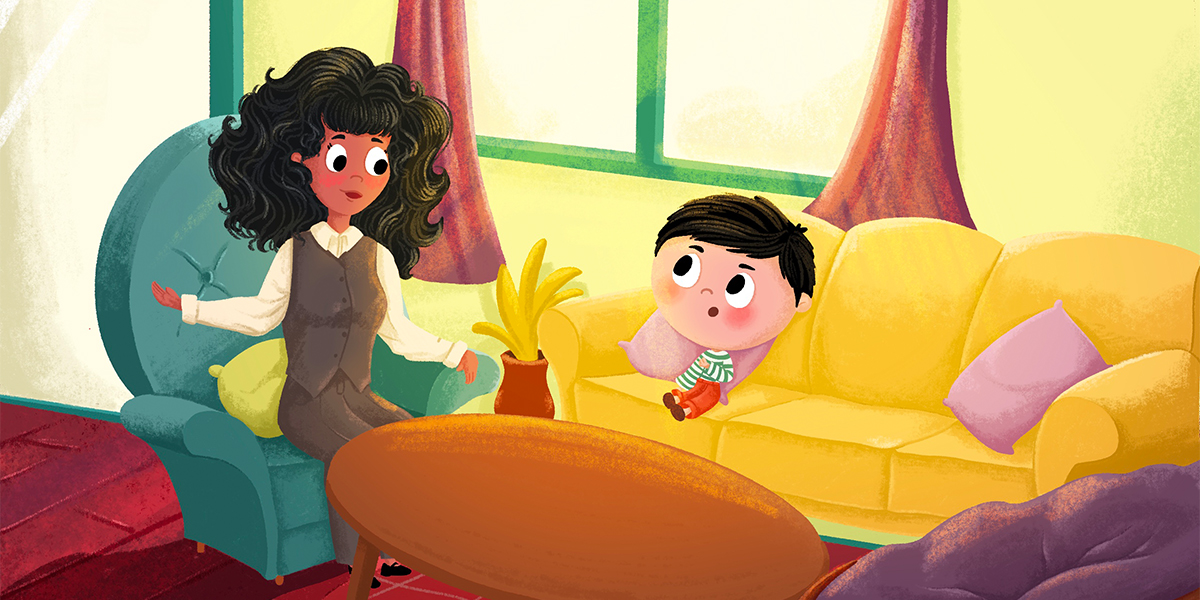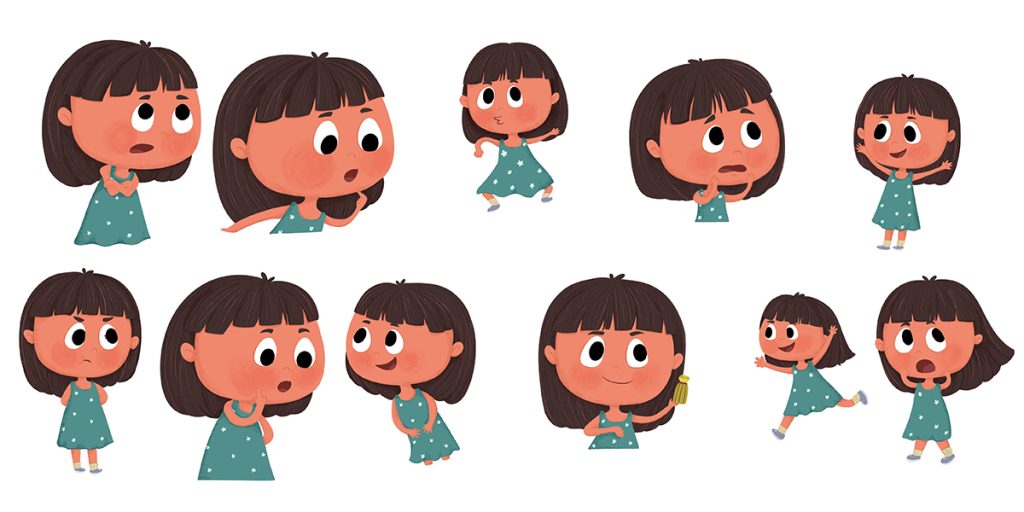Hiring an illustrator for a book is a crucial step that can make or break a children’s story. A strong visual partner helps breathe life into characters, create immersive worlds, and build kid‑friendly illustrations that resonate deeply with young readers.
14 Common Mistakes When Hiring an Illustrator for a Book
Hiring an illustrator for a book requires careful planning and intentionality. Overlooking steps in this process can result in mismatched art style, wasted time, and unexpected costs.
1.Rushing into Hiring Before Finishing the Manuscript
Many authors fall into the trap of hiring an illustrator too quickly often before finalizing word count, pacing, or target age group. This mismatch in timing often leads to a misalignment between the text and the artwork down the line.
2.Ignoring Portfolio Review
Skipping a thorough portfolio review is a major oversight. Always examine previous children’s book illustrators’ work to assess consistency, pacing, and storytelling flow. Not reviewing portfolios can lead to selecting illustrators whose style doesn’t match your vision.
3.Mismatched Art Style with Story Tone
A key mistake authors make with illustrators is choosing an art style that doesn’t align with their story’s tone. A whimsical tale might suffer under overly realistic art, while a serious story may not suit overly cartoonish visuals. Investing in alignment early prevents this issue from undermining narrative integrity.
4.Underestimating Illustration Costs
Authors often misjudge illustration costs, especially for full-page spreads or professionally color-corrected artwork. Self-publishing research shows average costs roughly range from $1,600 to $5,000 for a 24-page picture book. Budgeting properly up front avoids mid-project financial stress.
5.Neglecting Contracts and Rights Agreements
Skipping a formal contract is risky. Your agreement should outline fees, deliverables, revisions, timelines, and usage rights. Without a contract, authors may find themselves in disputes over artwork use or timeline delays—easily avoidable with clear terms.
6.Lack of Clear Communication and Feedback
Effective illustration thrives on collaboration. Setting expectations, providing mood boards and story notes, and giving timely feedback are essential. Without it, authors often find narratives aren’t fully captured, and the illustration book lacks cohesion.
7.Not Choosing the Right Format and Layout Early
Not specifying in advance if your work needs an illustration book format—portrait, landscape, number of spreads—can derail production. Changes mid-project often incurs additional fees and delays, destabilizing the creative process.
8.Skimping on Hiring Children’s Book Illustrators with Niche Experience
Authors sometimes pick general illustrators due to cost or convenience. However, hiring children’s book illustrators with genre experience helps ensure pacing, character consistency, and audience-appropriate design.
9.Mistaking Cheap Rates for Value
Low prices might be tempting, but often result in hidden revisions, inconsistent style, or quality issues. Remember: experienced illustrators charge more but deliver professional, polished work worthy of bookstores and libraries.
10.Neglecting Revision Rounds
Illustration projects need multiple feedback stages—sketches, layouts, and color refinement. Skipping revision stages can lead to final artwork that fails to align with story tone or character traits, costing more in late-stage fixes.
11.Failing to Research Market Standards
Knowing typical illustration styles, spreads, and pricing in your genre is important. Not doing this research leads to mismatched expectations or unfair comparison with published books.
12.Overlooking Author‑Illustrator Compatibility
Artistic compatibility matters. Working with someone whose style or communication clashes with your own hamper’s smooth collaboration. Prioritize candidates who show openness and enthusiasm for children’s storytelling.
13.Underestimating the Book Illustration Process
The illustration book process involves multiple stages—concept, thumbnails, sketches, feedback loops, final art, and print prep. Misjudging the time or resources needed at each step causes misalignment, stress, and missed deadlines.
Choosing the right illustrator can make or break your story’s impact.Explore our Book Illustration Services to see how we turn your vision into captivating, child-friendly visuals.
14.Choosing Based Solely on Genre Trendiness
Following current trends—such as overly hand-lettered or stylized art—without considering story fit often leads to content that feels fashionable but forced. Both author and illustrator should prioritize story integrity over trendiness.
Best Practices & Book Illustrator Hiring Tips
- Finalize manuscript, age group, and layout before hiring.
- Review portfolios and request similar project samples.
- Budget realistically, including revisions and rights.
- Draw up a clear contract with milestones and deliverables.
- Maintain open, frequent communication with illustrators.
- Expect to review and approve sketches and layouts.
- Confirm art rights and usage restrictions upfront.
Choosing the Right Illustrator
Start with candidates who specialize in children’s book illustration. Examine their pacing across pages—do visuals flow? Do characters remain consistent? Ask about their familiarity with the illustration book process and project management. A good illustrator will not only draw but also enhance the story through visual storytelling.
Looking for someone who truly understands how to capture a child’s imagination? At The Rainbow Stories, we specialize in creating custom illustrations that reflect your story’s heart. Our team ensures your characters stay consistent, your visuals align with tone, and each page feels magical and meaningful.
Conclusion
Hiring an illustrator for a book is a collaborative journey that succeeds through clarity, due diligence, and realistic expectations. Avoid common mistakes—rushed hiring, portfolio gaps, mismatched art style, underestimated costs, missing feedback, and undervalued contracts. With smart book illustrator hiring tips—from choosing experienced children’s book illustrators to acknowledging the full illustration book process you’ll set the stage for a compelling, engaging, kid-ready story. When the visuals align with your narrative vision, both author and illustrator craft something truly magical—creating images that echo long after the final page is turned.







